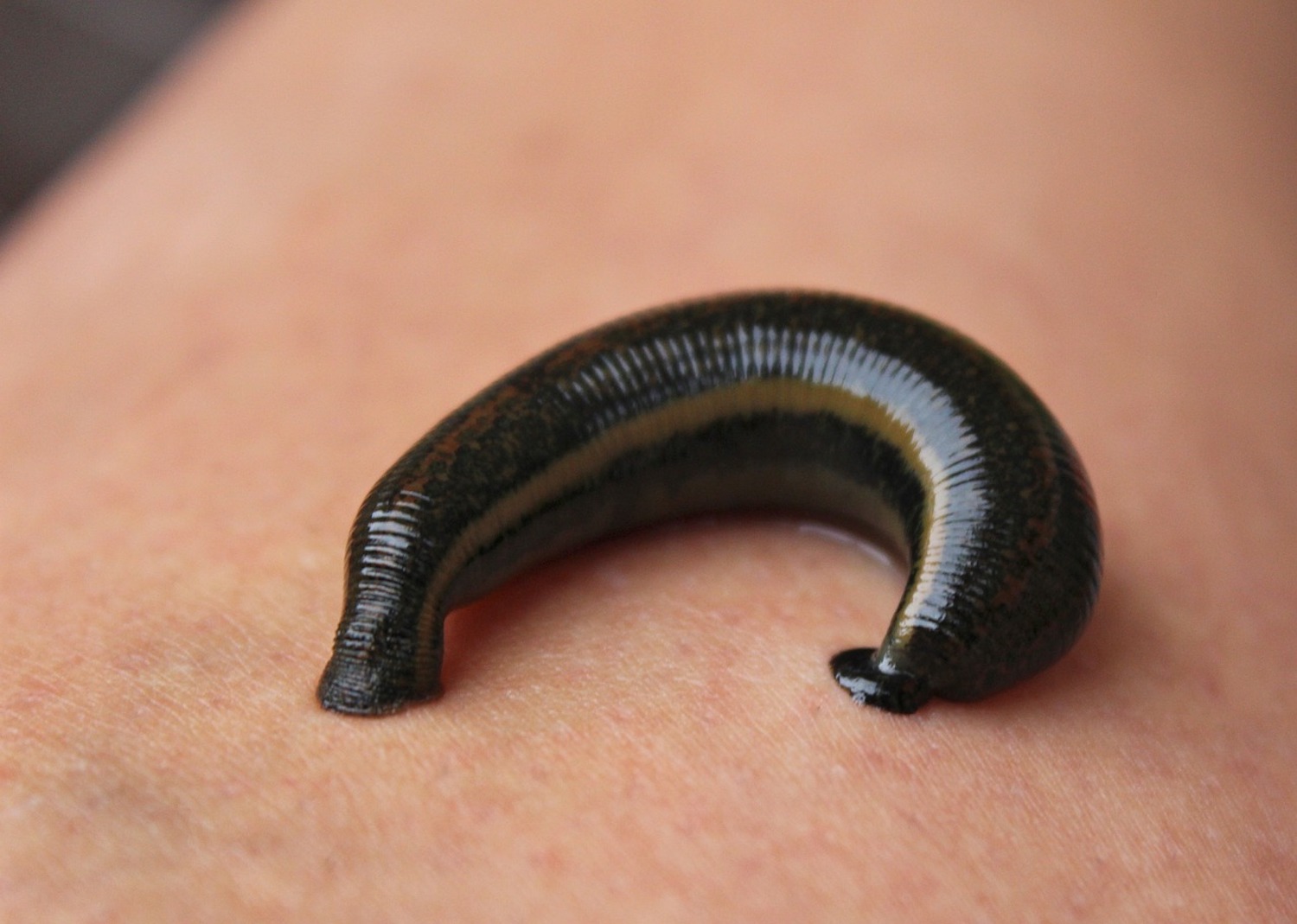Fungal infections can affect the skin and nails and can occur in anyone, regardless of age. Unfortunately, they are very easy to contract, whether through contact with an infected person or exposure to fungal spores left on objects they have touched. Although the symptoms of a fungal infection can be persistent and the treatment process lengthy, fortunately, it is a fully curable disease. Leeches can help in the fight against it.
As with other diseases, the timing of response and selection of treatment methods appropriate for the case are essential for fungal infections. Therapy should be implemented as soon as possible; otherwise, symptoms will intensify, and later treatment will be incredibly prolonged. Fungal infections can be treated in many different ways, and one of the less commonly used methods, which can give spectacular results and accelerate recovery, is leech therapy. Check out the properties of leeches and why they are worth applying specifically for fungal infections.
Skin fungus – what is this disease?
Fungal infection is an infectious disease caused by pathogenic fungi, such as dermatophytes, yeasts, and moulds. Fungi of the Candida genus are responsible for the development of most infections (estimated to be 60% to even 80%). Not every contact with fungi leads to disease. Its growth is facilitated by lowered immunity and a warm and moist climate.
Infections most commonly occur in public facilities such as swimming pools and gyms, which is why so much emphasis is placed on always wearing flip-flops or other footwear when using such facilities. In practice, however, fungal infections can be contracted practically anywhere. Hence, it’s essential to take care of your feet daily and use preventive measures, more of which can be read in the later part of the article.
Causes of skin fungal infections
Fungi live all around us: in soil, water, food, animals, and even in the air. Infection occurs upon contact with the pathogen, which is not difficult due to the ubiquity of fungi. Generally, when they come into contact with the skin, they do not cause any skin changes. An exception is when the skin barrier has been breached, and the pathogen penetrates the wound. If, in addition, the body is weakened, for example, due to a recently suffered illness, unfortunately, it is likely impossible to avoid fungal infection.
It’s worth being aware that the source of fungal infections is not always the external environment. Some fungi, e.g., Candida albicans, reside in our bodies. Usually, they pose no threat to us, but sometimes they dangerously proliferate and spread, becoming the cause of disease development.
Types of skin fungus
Skin fungus is one of the most common forms of this disease. It can occupy different areas of the skin and have varying degrees of severity. The classification by types depending on the location is as follows:
– Fungus of smooth skin (foot and hand fungus, groin fungus),
– Fungus of the hairy scalp (favus, tinea capitis, Microsporum),
– Nail fungus,
– Pityriasis versicolor.
From the name itself, one can guess which areas of the skin are affected by each type of fungus.
Skin fungus – predisposing factors
Among the factors increasing the risk of developing a fungal infection are:
– Genetic predispositions,
– Disorders of keratinization,
– Atopy,
– Disorders of immunological defence mechanisms,
– Collagen diseases,
– Taking certain medications,
– Cancer diseases,
– Post-organ transplant condition,
– Peripheral vascular diseases,
– HIV infections,
– Minor injuries,
– Open wounds on the body,
– Skin dryness,
– Excessive sweating.
Symptoms of skin fungus
On skin infected with fungus, typically erythematous spots, lesions, blisters, or blemishes, clearly demarcated from the surrounding area, appear. Lesions spread peripherally, can be single or multiple, and over time turn into scabs. The longer the infection lasts, the more skin symptoms begin to “spread” across the body. They are accompanied by intense itching and burning. After the disease subsides, the changes do not leave scars on the skin.
Skin fungus – treatment
Skin fungal infection requires immediate treatment. There’s no point in hoping it will go away on its own. On the contrary – if the issue is ignored, the skin changes will only intensify. Therapy boils down to using antifungal medications that prevent the further development of fungi and their spread across the body.
Doctors do not always prescribe oral medications, which usually happens in more advanced stages of the disease. Typically, it is enough to use topical antifungal preparations and follow recommendations.
How to prevent skin fungus?
Fungal infection is a cunning disease that, once it occurs, likes to recur. Therefore, to avoid re-infection, specific preventive measures should be followed. The basis is proper hygiene and avoiding situations where fungal infection could occur. Consequently, you should:
– Always wear flip-flops in public places,
– Never lend your towel, comb, or nail utensils to anyone,
– Always dry your entire body thoroughly after washing,
– Preemptively apply an antifungal preparation to your feet after leaving the gym or pool,
– Wear breathable clothing made of breathable materials,
– Always wear socks with shoes.
Leeches for skin fungus
Adhering to the doctor’s recommendations and taking their prescribed medications is fundamental in the fight against fungal infections. However, sometimes treatment becomes increasingly prolonged, with no results in sight. Leech therapy can be utilized as support for traditional methods.
It has been proven that applying leeches improves the appearance of the skin of a person with a fungal infection. During therapy, numerous medicinal substances are released into the patient’s bloodstream, improving blood circulation, having anti-inflammatory and antiseptic effects, and also reducing pain, burning, and itching.
The frequency of leech application and the number of visits to the hired therapist depend on the patient’s health condition. However, it is known that more than one treatment is needed to achieve lasting results. Before undertaking leech therapy, it is worth consulting with your family doctor or dermatologist to treat the fungal infection and ensure there are no contraindications to this form of treatment.

